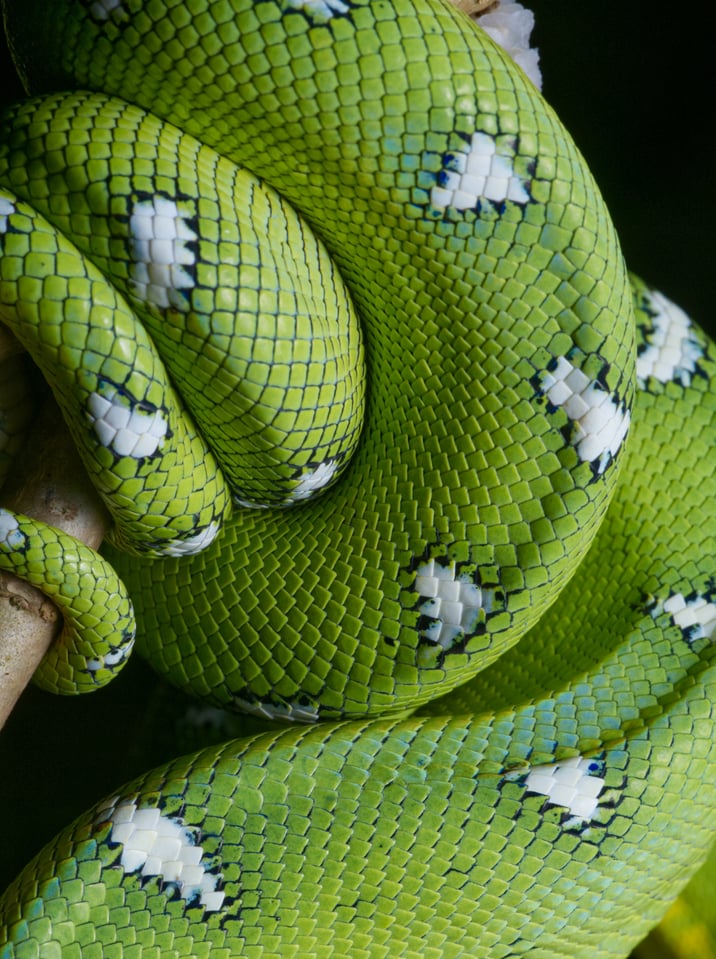10 نصائح لالتقاط المزيد من صور الحياة البرية المثيرة للاهتمام
10 Tips to Take More Interesting Wildlife Photos
يعد تصوير الحياة البرية أحد أكثر أشكال التصوير الفوتوغرافي تطلبًا لأن الكثير لا يمكن التنبؤ به. في بعض الأحيان، لا توجد سوى لحظات عابرة لالتقاط اللقطة التي تريدها. في بعض الأحيان، يمكن لعقلية "احصل على أي صورة فقط" أن تعيق التقاط المزيد من الصور المتعمدة والفنية والمثيرة للاهتمام. ستساعدك النصائح العشر الواردة في هذا المقال على تجنب الوقوع في هذا الفخ.
Wildlife photography is one of the most demanding forms of photography because so much is unpredictable. At times, there are only fleeting moments to capture the shot you want. Sometimes the mentality of “just get any photo” can get in the way of capturing more intentional, artistic, and interesting photos. The ten tips in this article will help you avoid falling into that trap.
10 Tips to Take More Interesting Wildlife Photos
يعد تصوير الحياة البرية أحد أكثر أشكال التصوير الفوتوغرافي تطلبًا لأن الكثير لا يمكن التنبؤ به. في بعض الأحيان، لا توجد سوى لحظات عابرة لالتقاط اللقطة التي تريدها. في بعض الأحيان، يمكن لعقلية "احصل على أي صورة فقط" أن تعيق التقاط المزيد من الصور المتعمدة والفنية والمثيرة للاهتمام. ستساعدك النصائح العشر الواردة في هذا المقال على تجنب الوقوع في هذا الفخ.
Wildlife photography is one of the most demanding forms of photography because so much is unpredictable. At times, there are only fleeting moments to capture the shot you want. Sometimes the mentality of “just get any photo” can get in the way of capturing more intentional, artistic, and interesting photos. The ten tips in this article will help you avoid falling into that trap.











تعليق